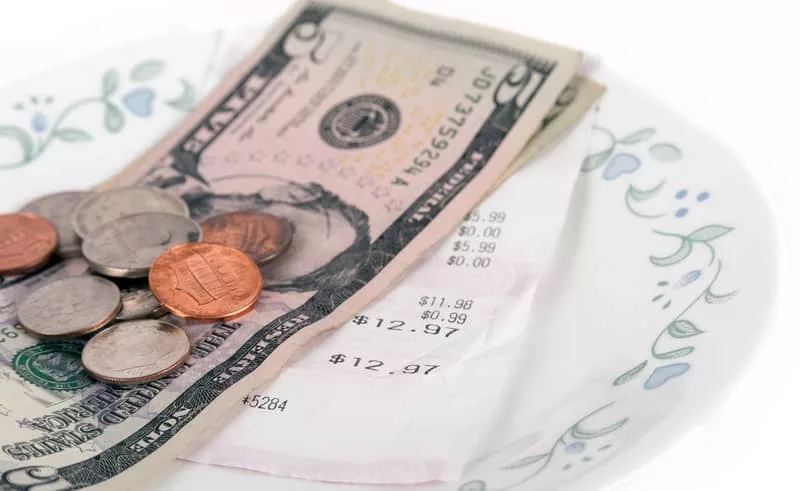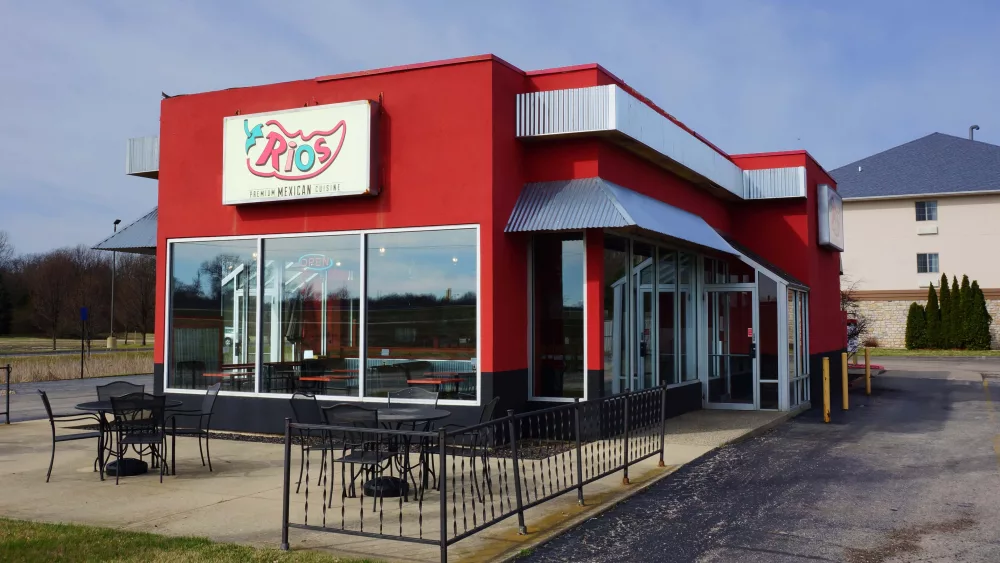There’s increasing talk about tipping.
Most Americans are OK with offering a tip for good service. It’s a long-standing tradition. And it’s become a significant—and legally recognized—portion of many service workers’ compensation. It’s assumed they’ll get a gratuity, so they are paid less in base compensation by the restaurant or other establishment where they work. Tipping has become a part of our lives.
Lately, however, there’s pressure to tip in more situations and seemingly also pressujre to tip more for basic services received, versus long-accepted tipping levels. The national website Axios wrote about it this week and cited the following survey findings:
— 66% have a negative view about tipping and 32% say they’re annoyed about tip screens, a new Bankrate survey says.
–65% say they always tip servers, down from 73% last year and 77% in 2019.
Another change in how tips are done is adding to some customers’ displeasure: Tip Screens.
You may encounter them often in a kiosk or ‘order at the counter’ setting. Since the pandemic, you may find a tip being suggested in a purchase situation where one would never have been expected, such as a retail storetransaction.
Increasingly, the little electronic screens are cropping up right at your table in sit-down restaurants, either permanently installed or handed to you by your server. And that’s the ‘rub’ for many restaurant goers. They hate being handed the device while the server waits, just inches away, watching them calculate, or accept a pre-calculated tip.
There’s even a name for the practice: ‘Guilt Tipping’.
Many consumers say it’s not that they don’t want to tip. However, they feel needlessly uncomfortable with the server standing there, peering at them. Some say it causes them to tip more than they are comfortable with. Others say the opposite: it makes them angry and they choose a lower tip number. A few say it causes them to not tip at all.
How are you dealing with the new world of tipping? And, how are you feeling about it?






